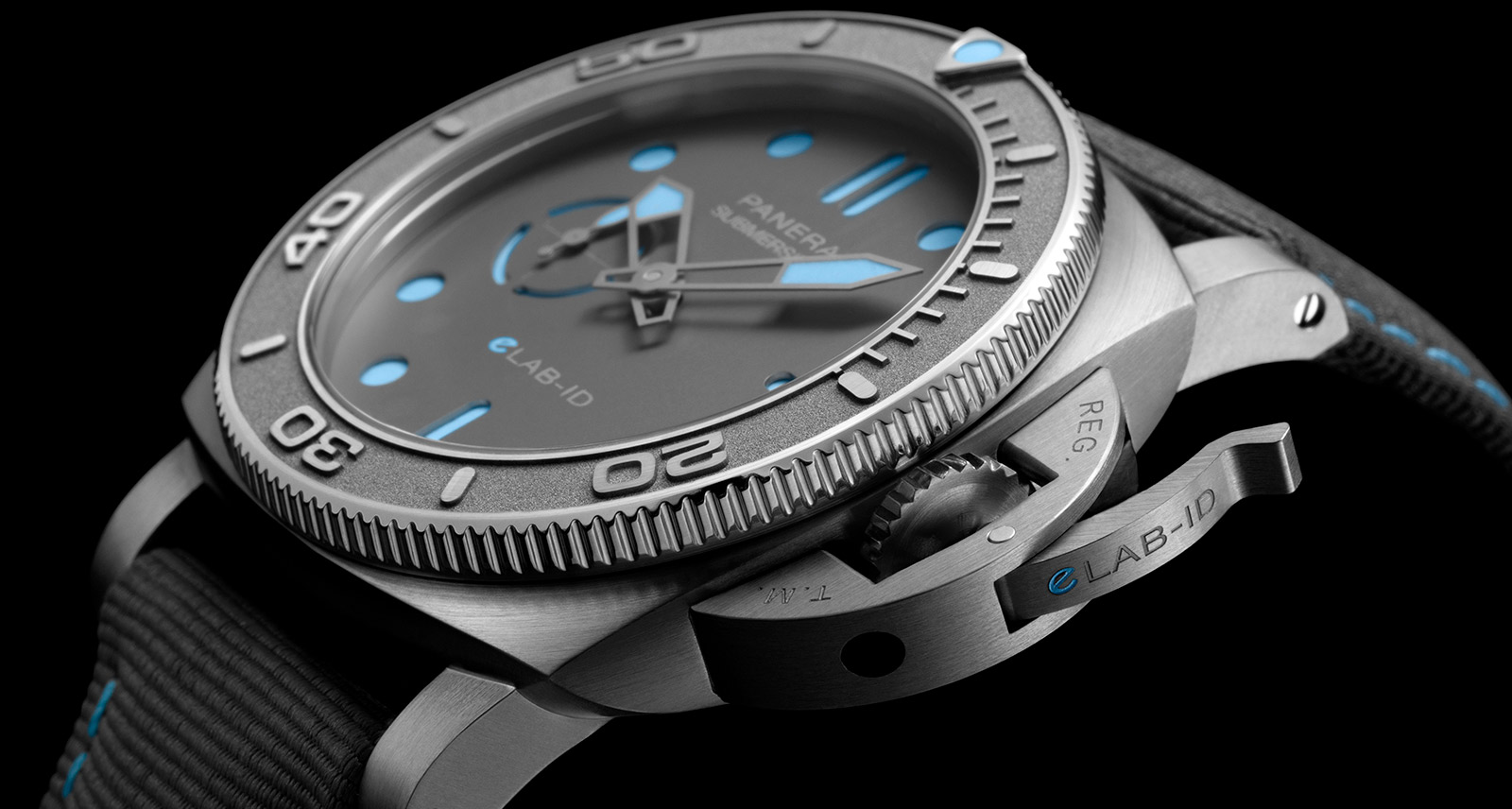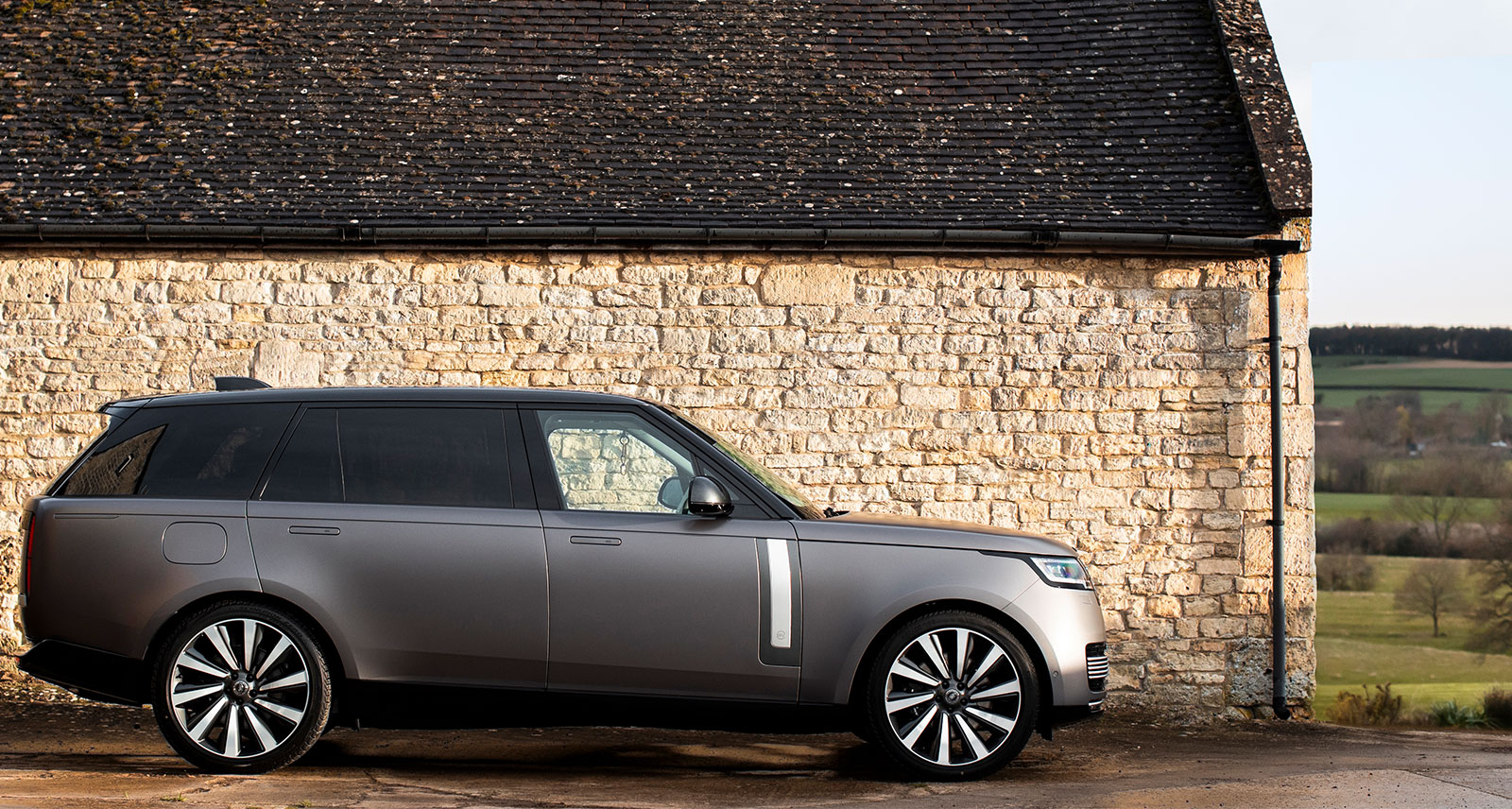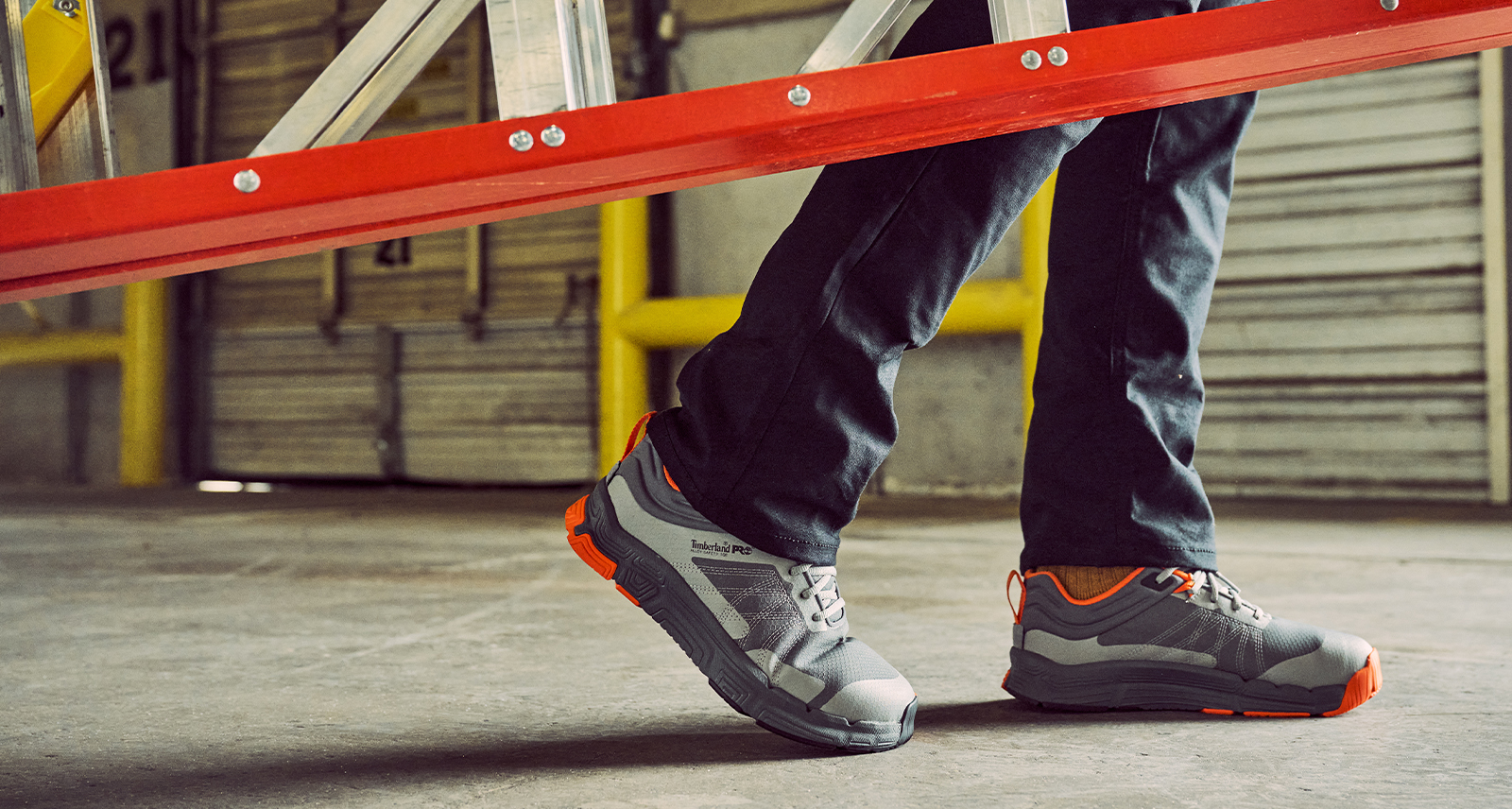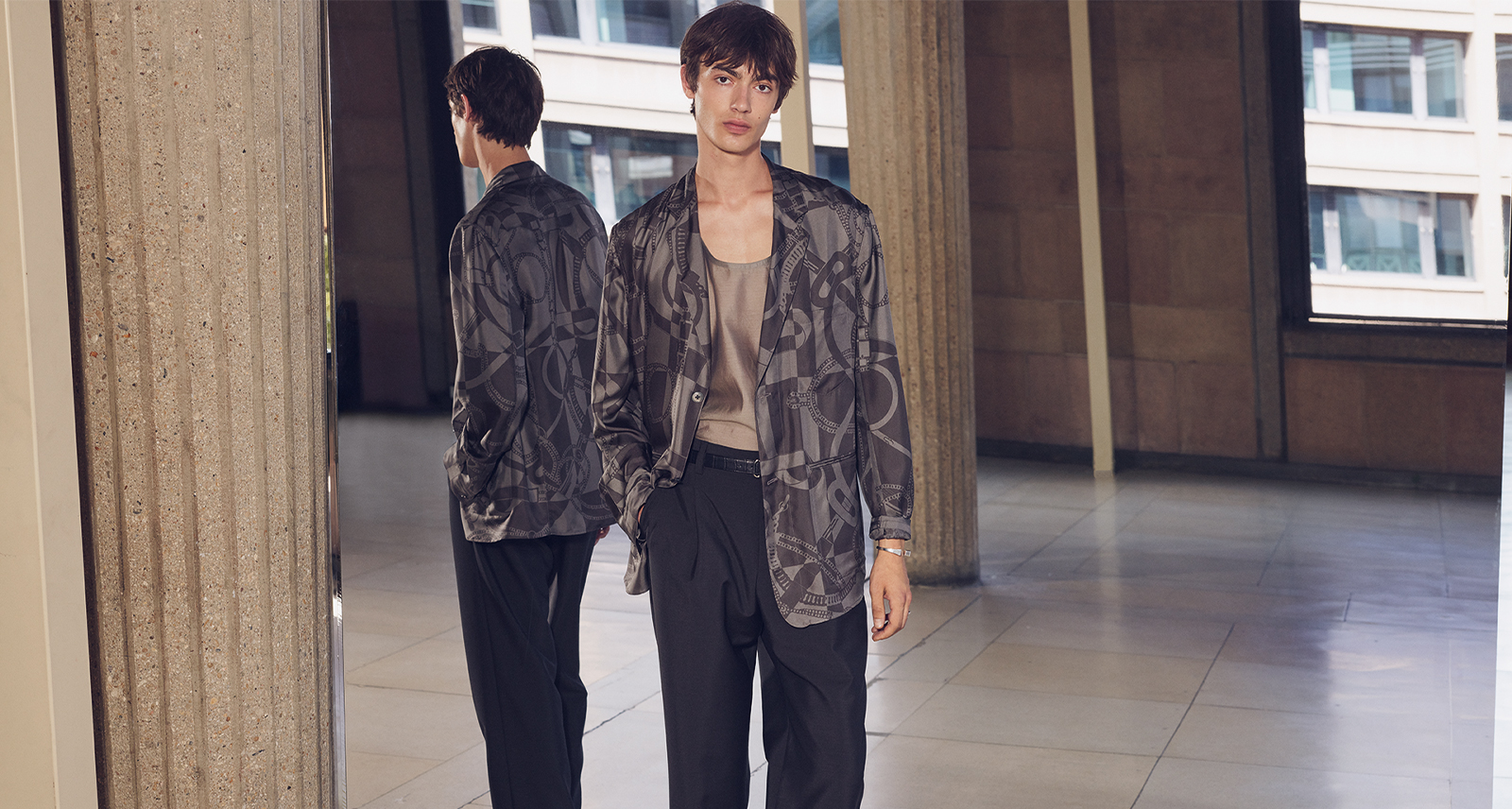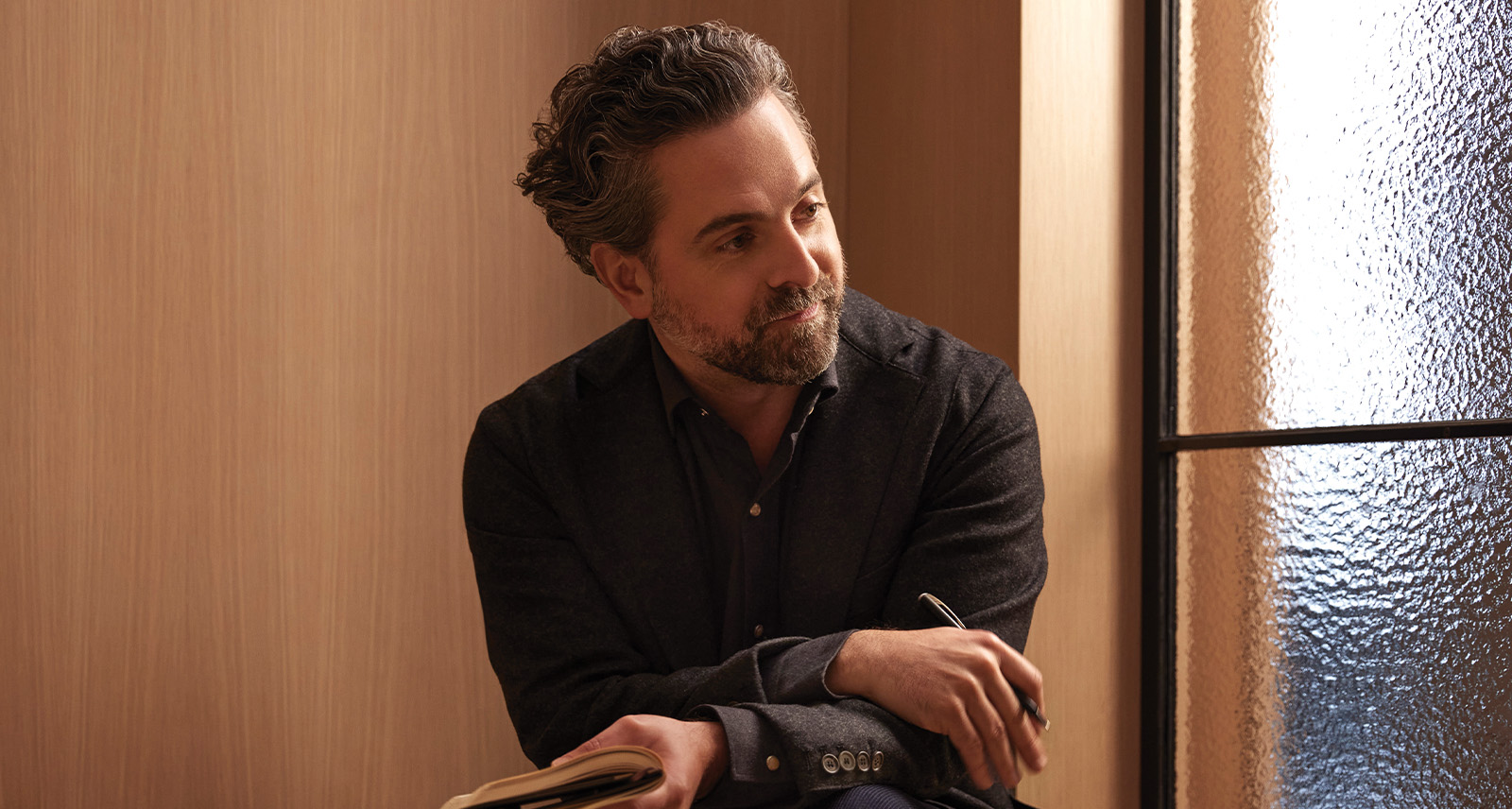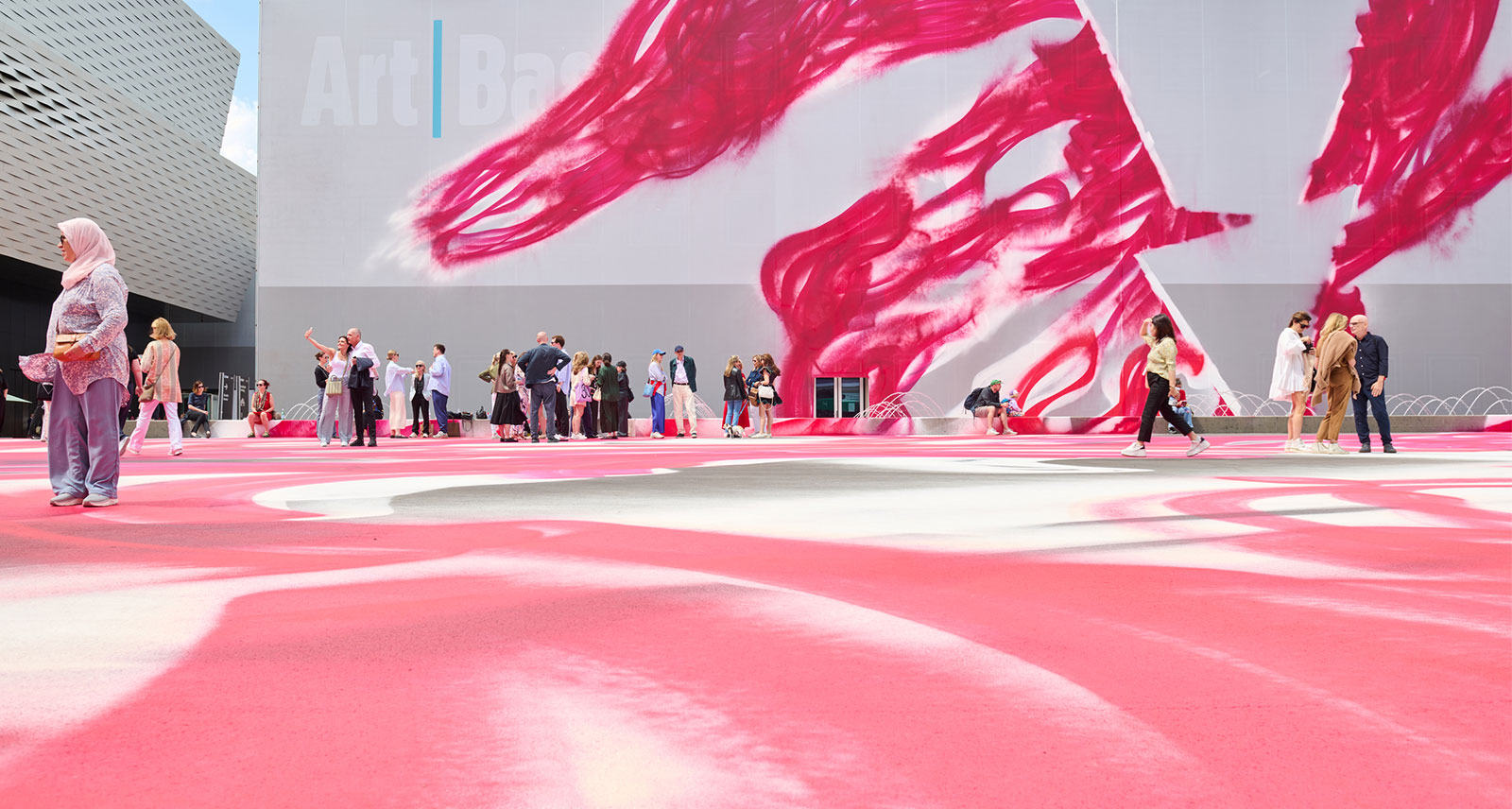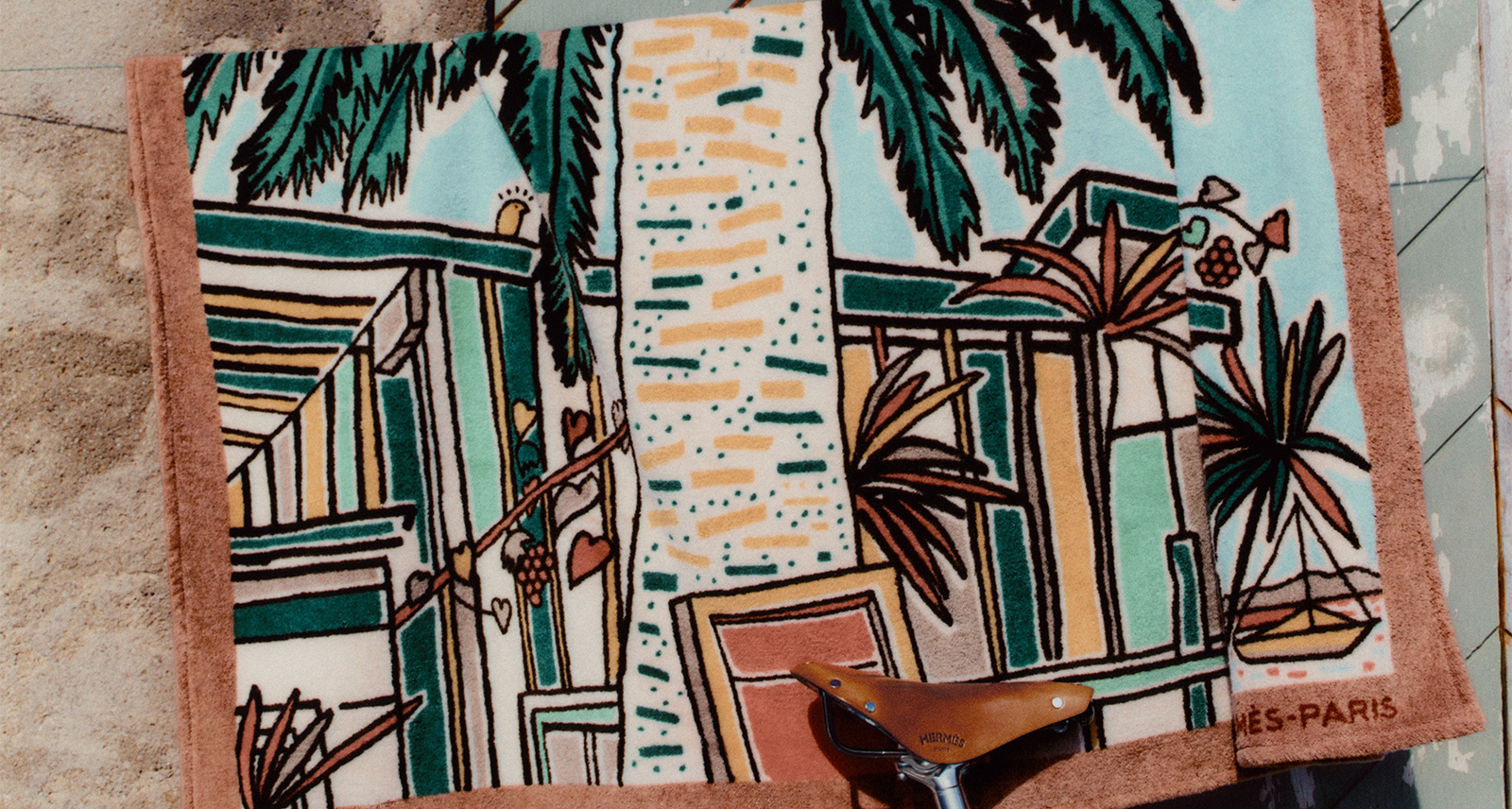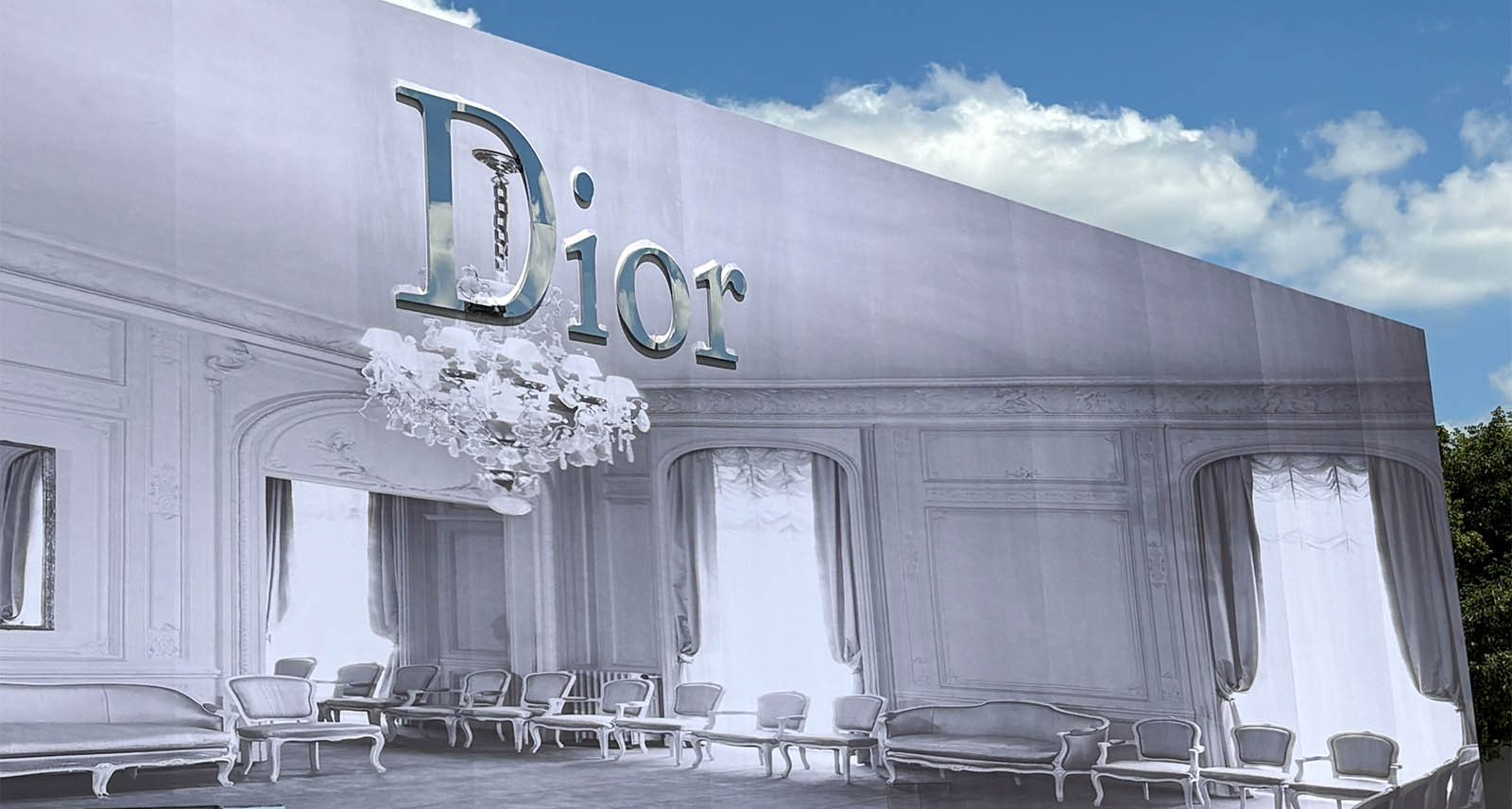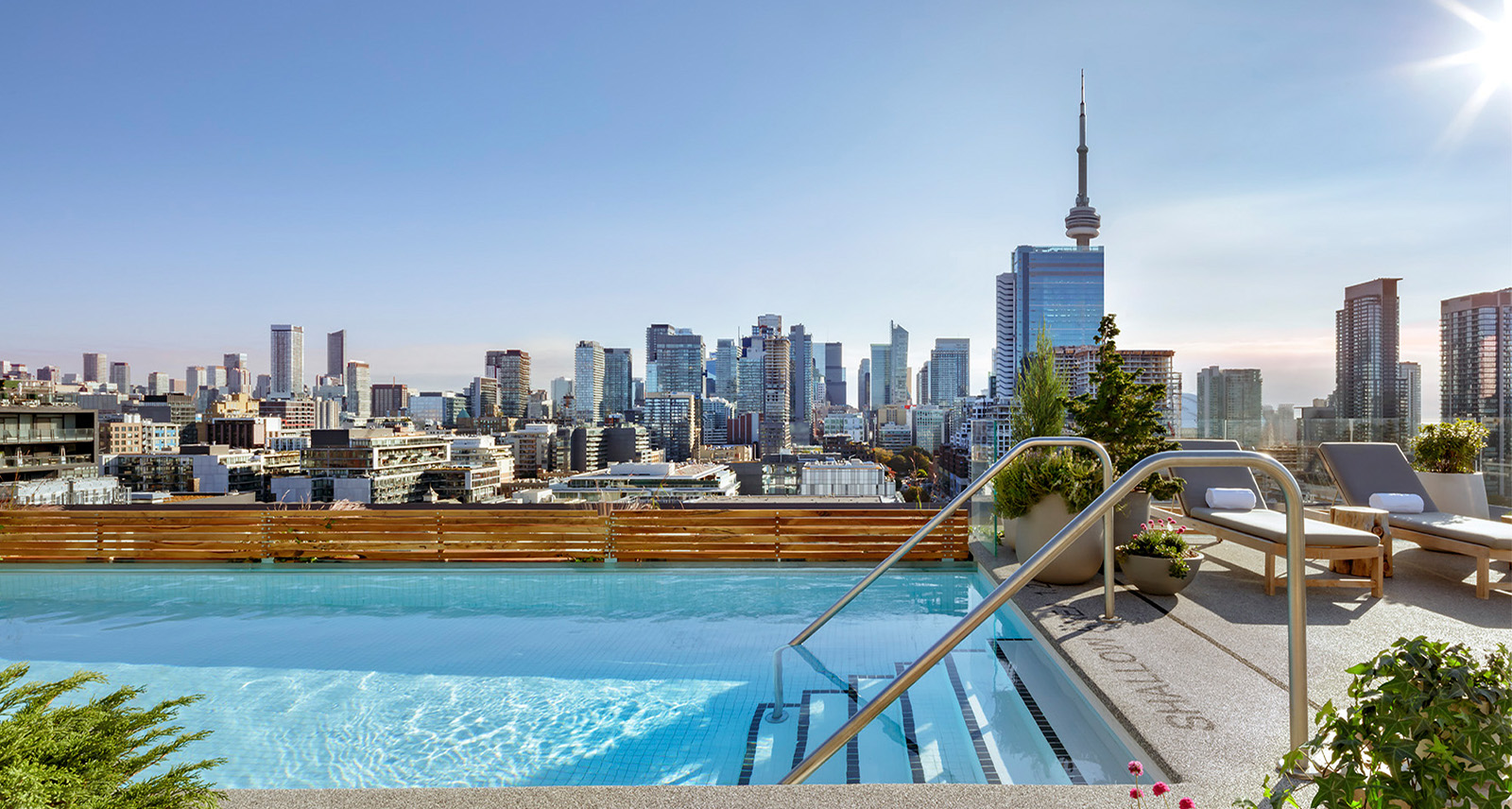This Recycled Panerai Was Inspired by Electric Porsches
In April Panerai unveiled a pair of new watches, unlike anything they’ve ever made before. While the new Submersible and Luminor Marina models in question don’t look all that different from others in the watchmaker’s lineup, their makeup contains a glimpse at Panerai’s future – and, if CEO Jean-Marc Pontroué has his way, a more sustainable future for the entire watch industry. The Submersible eLab ID is made of 98.6% recycled materials by weight, from the titanium of its case to the SuperLuminova on its dial. The Luminor Marina eSteel, meanwhile, is the brand’s first piece with a case incorporating recycled steel. In addition to these feats – and all the more noteworthy in an industry known for secrecy – Panerai also opted to publish its list of suppliers so that other companies could follow suit. We had a virtual sit-down with Pontroué to ask him about why this initiative is important, and what it means for the Panerais of the future.
Why did you decide to focus on sustainability?
In Switzerland, we are surrounded by a number of operators who are already involved in that kind of business. It could be E-bikes, which are a hit here, or Nespresso, which wants to become completely carbon neutral by 2022. So I was thinking that if they can do it, why not us? We saw many areas of inspiration outside of the watch industry, and this is how it started.
Why create a watch from recycled material?
We are influenced by guys like [explorer and Panerai ambassador] Mike Horn, who are warning us that we need to pay attention because the world is not in great shape these days. Mike is a great guy who lives in Switzerland, but he goes places where normal people do not normally go, and often when I meet with him he tells me, ‘I see pollution not in the big cities where we’re used to seeing it, but in areas where you don’t expect to find it.’
As a watchmaker, why do you see it as your responsibility to take action?
Panerai is very influenced by the world of oceans, and when you see how much the oceans are getting polluted, it’s frightening. It changes your perception. It’s easy to say, ‘It’s not for me to take action,’ but at the same time we will not make it as seven billion people on earth if we don’t change our way of living. At Panerai, we are a small brand, but we have 740 people and we use planes and we use cars and we build factories and boutiques and products, so there are many ways we can work on this issue.
Why did you choose not to share your supplier list with competitors?
I often say that the qualification of a successful watch brand is how many other brands are going to follow what we do. It’s not how many pieces we sell. That is the easy part of the business. I wanted those suppliers to be heavily promoted because those are the real heroes. They are the ones who have invested in research and development to make it happen, and I’m very proud to bring that to the rest of the watch industry, so as many brands as possible can go in this direction. The supplier of the luminescence has already been approached by two competitors to source lume for them. We don’t get any financial benefit for that, I’m just happy for our industry and for the world.
What was most challenging about creating these new pieces?
When you start something new with new suppliers you have a lot of ways you can fail, and I don’t know how many times we failed. You have a lot of reasons to give up. It’s not so much a technical challenge, it’s the materials. Here in Switzerland, our industry has a very dense network of small and very innovative suppliers – that’s why no other countries have been able to produce high-end watches as we have. So how you change that industry, which has worked in the same way for many years, using raw materials? So we had to convince the industry that it wasn’t just for 2021, that it would be the future of our brand.
How does making a watch from recycled parts fit with your definition of luxury?
Seventy-five percent of our customers are new to our brand. These are of a new generation and have concerns which the old generation did not have. So they don’t necessarily associate recycling with non-luxury. When I read my newspaper on recycled paper, I don’t have the impression that it’s a downgrade. When I drive an electric car like a Porsche, I don’t consider that a downgrade. So I think the new generation is changing a lot based on influence from other industries.
What’s the next step?
It’s the first step of a long journey. Next year we will have an extension of the steel program with new models and in the future, when you buy a watch from Panerai, you will know the percentage of recycled components it contains. This isn’t just a one-shot for 2021, this is part of a new business model.
